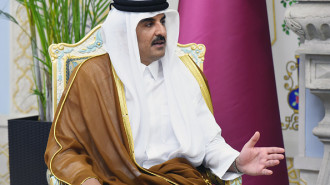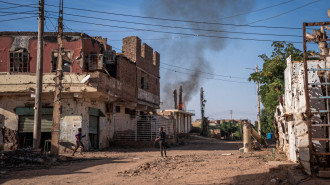Ethiopia begins filling controversial Nile dam after deadlock with Egypt
Ethiopia began filling the controversial Grand Renaissance Dam on the Blue Nile on Wednesday, after negotiations with Sudan and Egypt failed to reach an agreement, the country's water minister said on Wednesday.
The hydroelectric dam would transform Ethiopia into the biggest power exporter in Africa, but the Nile waters serve as a vital resource for downstream countries such as Sudan and Egypt.
"The construction of the dam and the filling of the water go hand in hand," Water Minister Seleshi Bekele said during a broadcast.
It raises huge concerns for Egypt, whose 100 million population is hugely reliant on the Nile for irrigation and domestic water consumption.
Multiple rounds of talks between Cairo, Addis Ababa and Khartoum over the past decade have failed to produce a deal over the filling and operation of the Grand Ethiopian Renaissance Dam (GERD).
On Tuesday, last minute talks to avert a crisis failed to bear fruit and Ethiopia went ahead with filling the dam the following day.
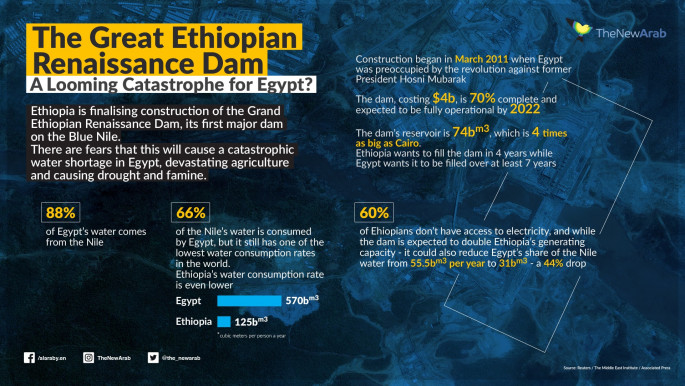 |
Egypt said last month at the UN that the dam represents an "existential threat" for the country, endangering its water supply downstream.
Khartoum hopes the dam will help regulate flooding, but in June it warned that millions of lives will be at "great risk" if Ethiopia unilaterally fills the dam.
In a letter to the United Nations Security Council, Sudan raised concerns that water discharged from the GERD could "compromise the safety" of its own Roseires Dam by overwhelming it and causing flooding.

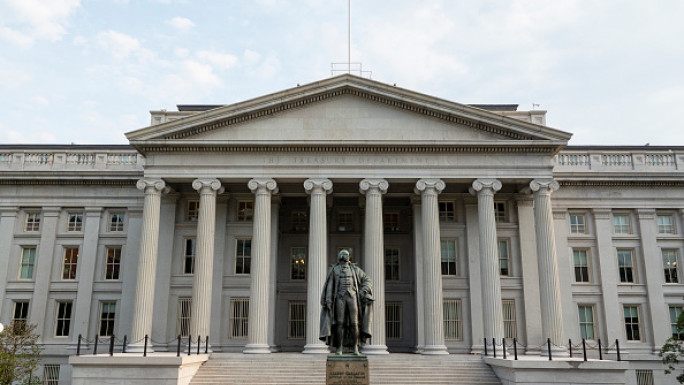
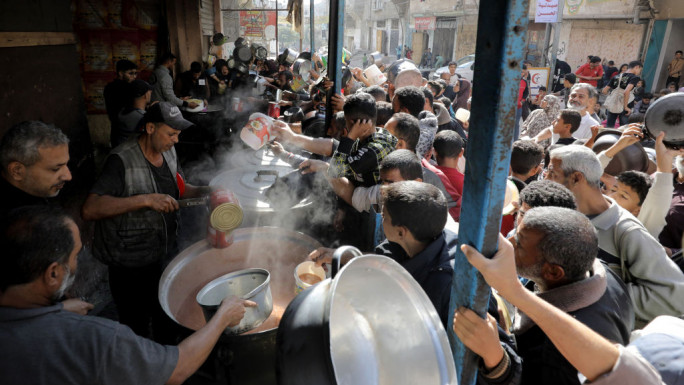


 Follow the Middle East's top stories in English at The New Arab on Google News
Follow the Middle East's top stories in English at The New Arab on Google News
